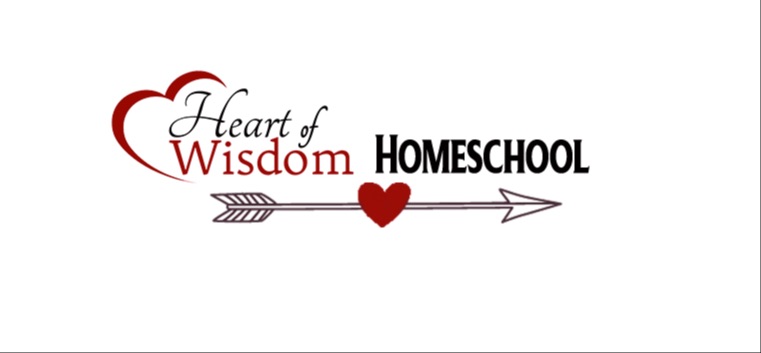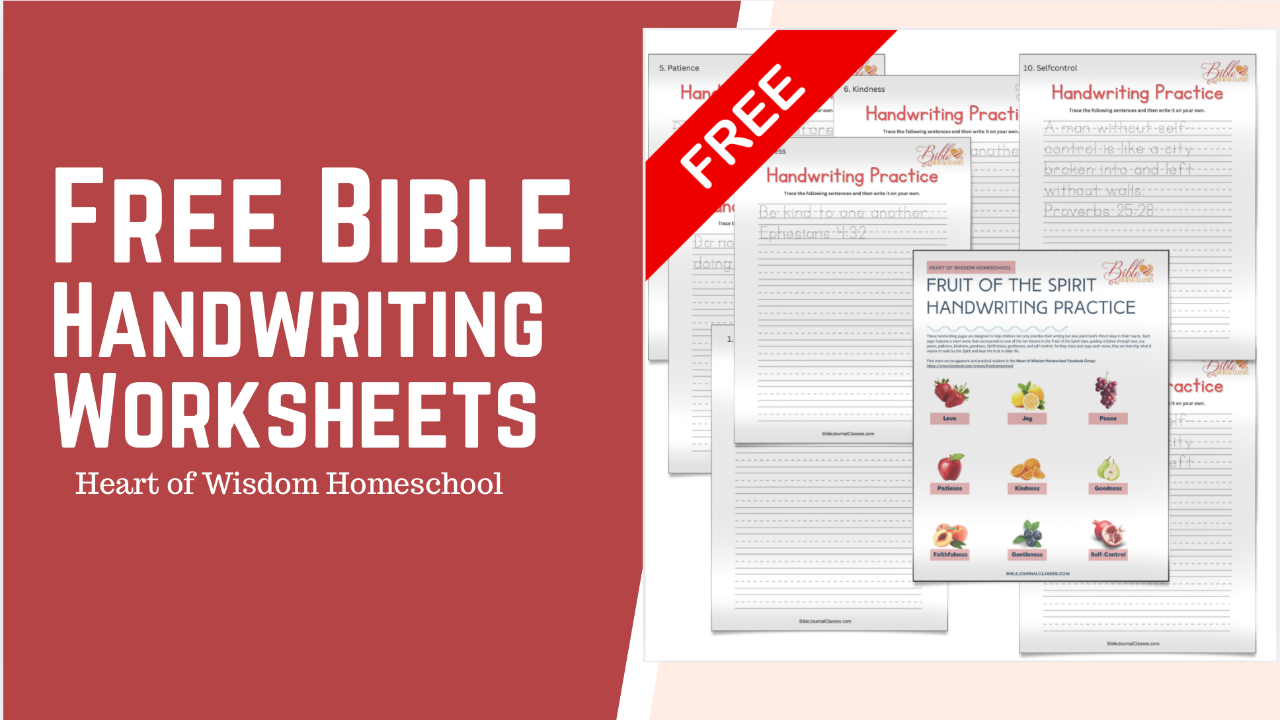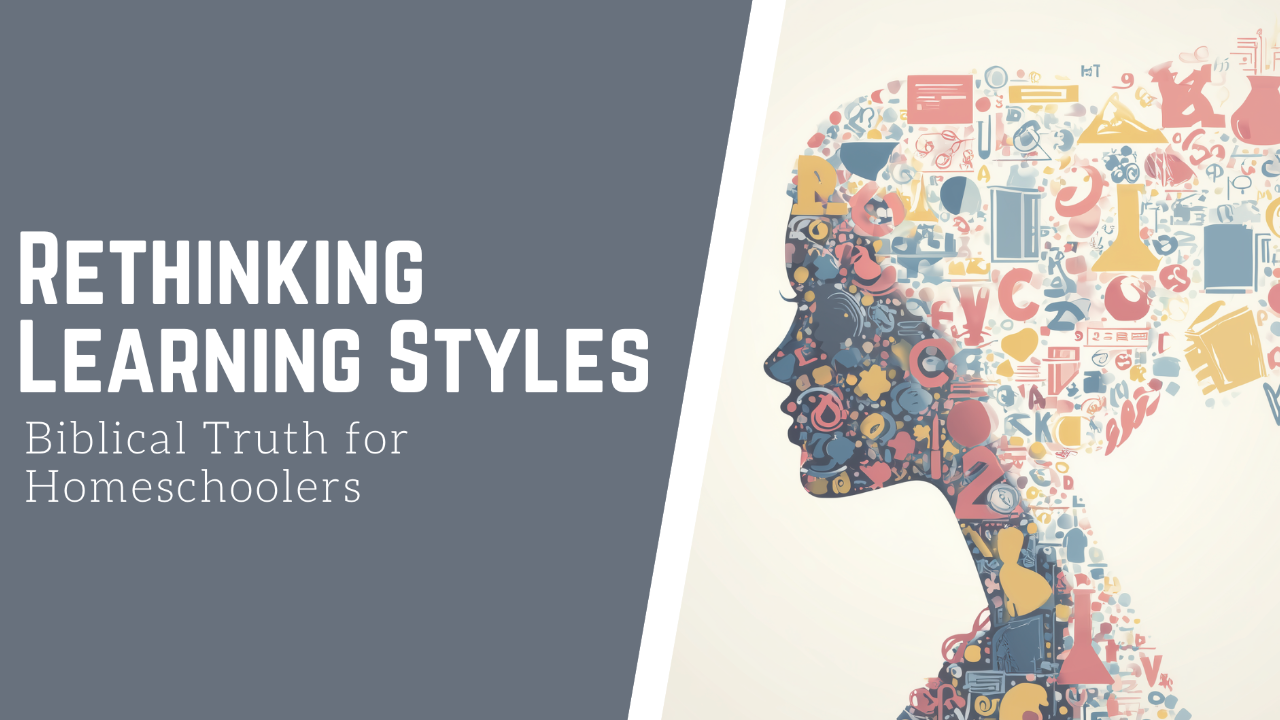At vero eos et accusamus et iusto odio dignissimos ducimus qui blanditiis praesentium

Biblical Education Model
We often ask, "What would Jesus do?" But equally important questions emerge when we consider education: How did Jesus learn? What educational foundations shaped His understanding? How did Hebrew families like Abraham and Sarah, Isaac and Rebekah, or Mary and Joseph approach their children's education?
These questions matter because education has always held central importance among God's people. While Scripture doesn't detail Jesus' specific educational experience, historical evidence reveals the rich educational tradition that would have shaped His Hebrew upbringing in first-century Israel.
The Educational Journey of a Hebrew Child
As observant Hebrew parents, Mary and Joseph would have followed established educational practices. This began with Jesus' circumcision at eight days old (Luke 2:30) and continued through His remarkable appearance in the Temple at age twelve, where He engaged Hebrew elders in sophisticated discussions about Torah and its practical applications.
The Mishnah provides insight into the typical educational timeline for Hebrew boys of Jesus' era:
"At five years of age, one is ready for the written Torah, at ten years of age for the study of the oral Torah, at thirteen for bar mitzvah [coming of age], at fifteen for the study of halachot [rabbinic legal decisions]...at twenty for pursuing a vocation, at thirty for entering one's full vigor."
This systematic approach ensured that religious education began early and progressed throughout childhood and adolescence.
The Foundation of Hebrew Learning
Contemporary sources confirm the thoroughness of Hebrew education. The Hebrew philosopher Philo observed that Hebrews "were from their swaddling clothes, even before being taught either the sacred laws or the unwritten customs, trained by their parents, teachers, and instructors to recognize God as Father and as the Maker of the world."
Similarly, the historian Josephus noted that "from their earliest consciousness, [the Hebrews] learned the laws, so as to have them, as it were, engraven upon the soul."
The Deuteronomic Blueprint
The book of Deuteronomy provides the clearest biblical mandate for Hebrew education, establishing both its importance and methodology. This book, which Moses delivered just before Israel entered the Promised Land, emphasizes loyalty to God through remembrance of His past guidance and adherence to His precepts.
Jesus Himself demonstrated Deuteronomy's central role in Hebrew thought. When asked about the greatest commandment, He quoted Deuteronomy 6:5. During His wilderness temptation, He drew from Deuteronomy three times to counter Satan's challenges. The book's dominant themes—love for God and fellow human beings—clearly resonated throughout His ministry.
Moses commanded that Deuteronomy be read publicly every seven years (31:10–13), ensuring each generation would hear its call to diligent learning and teaching:
"Only be careful, and watch yourselves closely so that you do not forget the things your eyes have seen or let them slip from your heart as long as you live. Teach them to your children and to their children after them" (Deuteronomy 4:9–10).
The Framework of Hebrew Education
Scripture provides specific guidance for educational practice through passages that outline how parents should respond to their children's questions. In Exodus 13:14 and Deuteronomy 6:20 (with similar instructions in Joshua 4:6, 21), God establishes a pattern of engaged, responsive teaching.
The most comprehensive educational mandate appears in Deuteronomy 6:4–8:
"Hear, O Israel: The Lord our God, the Lord is one. Love the Lord your God with all your heart and with all your soul and with all your strength. These commandments that I give you today are to be upon your hearts. Impress them on your children. Talk about them when you sit at home and when you walk along the road, when you lie down and when you get up. Tie them as symbols on your hands and bind them on your foreheads. Write them on the doorframes of your houses and on your gates."
This passage establishes five essential elements of Hebrew education:
- Who: Parents serve as primary educators
- Where: Education occurs in the home setting
- What: God's commandments form the curriculum
- When: Learning happens continuously—during daily routines, meals, walks, and rest
- How: Through diligent, interactive methods including questions, answers, and visual reminders
This model created a comprehensive educational environment where learning was woven seamlessly into daily life, ensuring that each generation would carry forward both knowledge and faith.
Homeschool Facebook Group
Need encouragement for your homeschool journey? Join our uplifting Facebook community where parents share ideas, faith, and support every step of the way. You’ll find inspiration, free resources, and real conversations that remind you—you’re not alone in this calling! Come be part of the conversation.
About the Images
The images in this post are from my Bible journaling. It is a creative way to combined art and Scripture study. If you'd like to explore this meaningful blend of faith and creativity for yourself, I'd love to have you join me at BibleJournalClasses.com.









